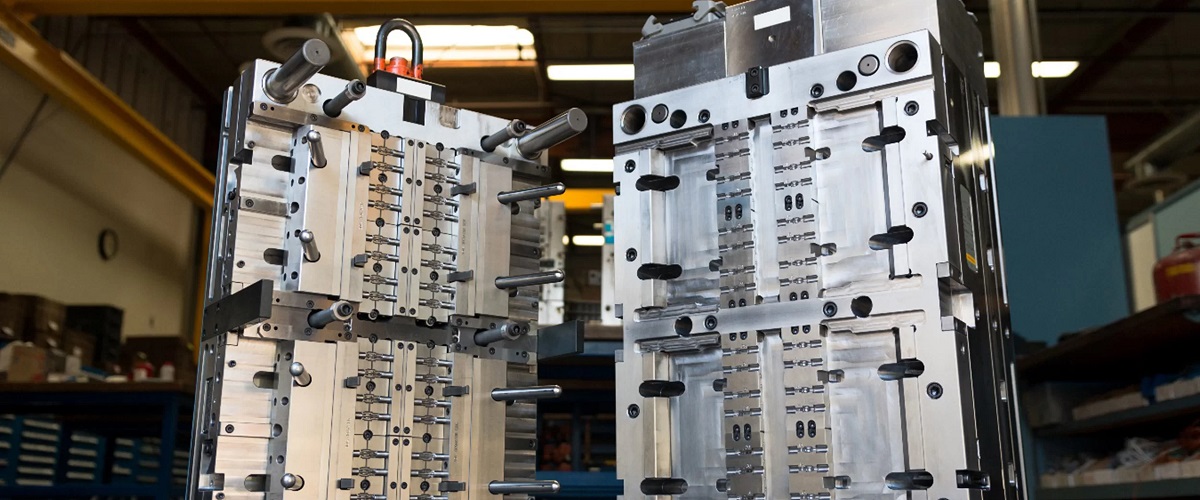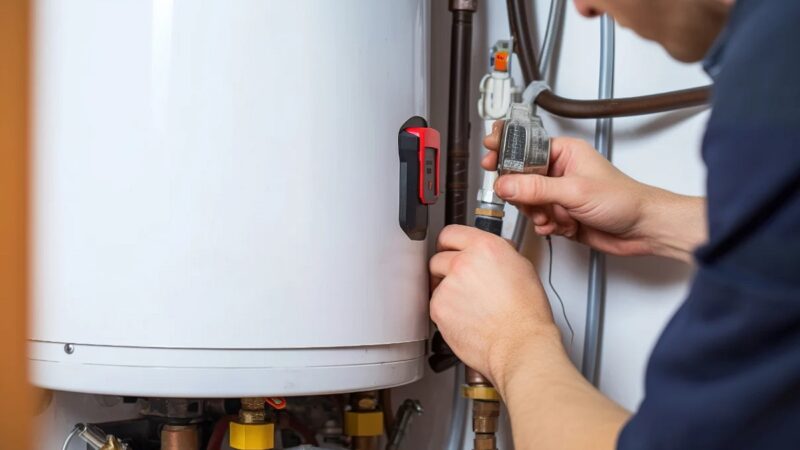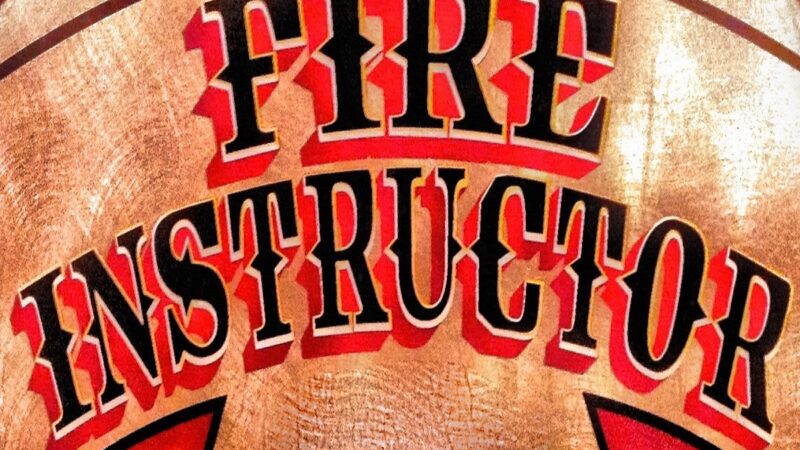How to Choose Between Die Casting Mold and Plastic Mold for Your Project

While setting out on an assembling project, picking the right creation technique is essential for both the quality and cost-viability of your end result. Two famous techniques are die casting mold and plastic mold, each offering unmistakable benefits relying upon the prerequisites of your venture. This guide will assist you with understanding the critical contrasts between these two procedures die casting mold and plastic mold.
Understanding die casting mold
die casting mold is an assembling cycle where liquid metal is infused into a shape, known as a pass on, under high tension. This technique is regularly utilized for creating metal parts with mind boggling shapes and high accuracy. Normal materials utilized in die casting mold incorporate aluminum, zinc, and magnesium.
Benefits of Die Casting Mold:
Strength and Solidness: Metal parts delivered through kick the bucket projecting are normally more grounded and more sturdy than those made through plastic embellishment. They can endure higher temperatures and are more impervious to mileage.
Accuracy: Die Casting Mold takes into account the production of exceptionally point by point leaves behind close resiliences, causing it ideal for parts that to require accurate determinations.
Surface Completion: The interaction can deliver leaves behind smooth or finished surfaces, frequently taking out the requirement for extra completing work.
High Volume Creation: Die Casting Mold is appropriate for enormous scope creation runs, as the per-unit cost diminishes fundamentally with higher volumes.
Detriments of Die Casting Mold:
Starting Expense: The tooling cost for kick the bucket projecting is normally higher than that for plastic embellishment. This makes it more reasonable for high-volume creation where the underlying speculation can be amortized over countless parts.
Material Constraints: Die Casting Mold is restricted to metal composites. So it’s not appropriate for items that require adaptability or straightforwardness.
Longer Lead Times: The method involved with making the bites the dust and setting up the creation line can be tedious, prompting longer lead times contrasted with plastic embellishment.
Figuring out Plastic Mold Embellishment
Plastic Mold includes infusing liquid plastic into a shape to make a wide assortment of parts. This strategy is exceptionally flexible, taking into consideration. The development of everything from basic things like jug covers to complex auto parts.
Benefits of Plastic Mold Embellishment:
Material Flexibility: Plastic trim can oblige a large number of materials, including adaptable, straightforward, and hued plastics. This causes it ideal for items that to require explicit material properties.
Lower Starting Expense: The tooling costs for Plastic Mold are for the most part lower than those for pass on projecting, going with it a more conservative decision for more modest creation runs.
Quicker Creation Time: Plastic trim ordinarily has more limited lead times, considering faster circle back on projects.
Lightweight Items: Plastic parts are by and large lighter than metal ones, which can be a significant thought for items where weight is a basic element.
Impediments of Plastic Mold Embellishment:
Lower Strength: Plastic parts are by and large not quite so solid or sturdy as metal ones. They might be inclined to distortion under high pressure or temperatures.
Less Accuracy: While plastic trim can deliver point by point parts. It by and large can’t coordinate the degree of accuracy attainable with bite the dust projecting.
Natural Effect: The creation and removal of plastic parts can have a higher ecological effect contrasted with metal parts, particularly in the event that the plastic isn’t recyclable.
Key Variables to Consider
While settling on bite the dust projecting and plastic trim for your undertaking, think about the accompanying variables:
Material Prerequisites:
Metal: Assuming that your item should areas of strength for be, and heat-safe, bite the dust projecting is the better choice.
Plastic: Assuming that you really want adaptability, lightweight, or explicit material properties like straightforwardness, plastic trim is the best approach.
Creation Volume:
High Volume: Pass on projecting is more financially savvy for enormous creation runs because of its higher tooling costs yet lower per-unit costs.
Low to Medium Volume: Plastic embellishment is by and large more efficient for more modest creation runs due to its lower beginning venture.
Plan Intricacy:
Perplexing and Exact Plans: Kick the bucket projecting succeeds in creating exceptionally definite and exact metal parts.
Adaptable Plans: Plastic trim offers greater adaptability with regards to shapes, varieties, and material properties.
Cost Imperatives:
Higher Financial plan: In the event that your financial plan considers higher beginning expenses and you want metal parts, bite the dust projecting is a decent decision.
Lower Financial plan: For projects with more tight spending plans, plastic trim might offer a more reasonable arrangement.
Natural Contemplations:
Maintainability: On the off chance that ecological effect is a worry. Consider the recyclability of the materials and the general carbon impression of the creation interaction.
Also read: kjanecaron nude
End
Picking between die casting mold and Plastic Mold relies upon your task’s particular necessities, including material prerequisites, creation volume, plan intricacy, and financial plan imperatives. Pass on projecting is great for delivering sturdy, high-accuracy metal parts in enormous amounts. While plastic trim offers flexibility, lower beginning expenses, and quicker creation times for a large number of items. Via cautiously assessing these elements, you can choose the most fitting assembling cycle to accomplish the best outcomes for your task.



